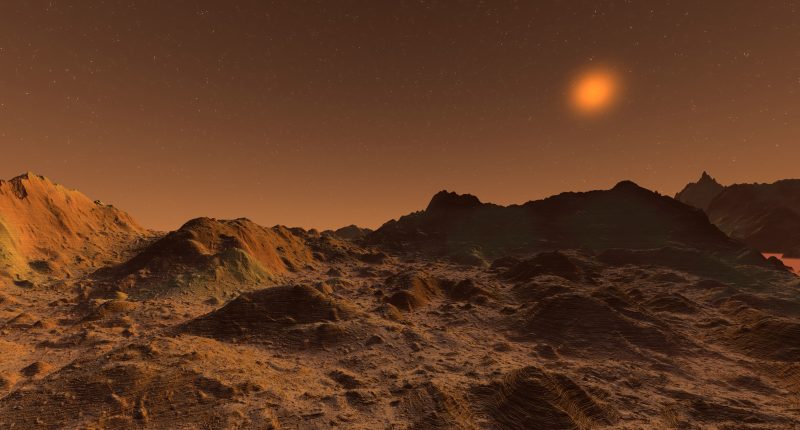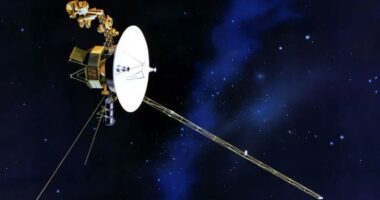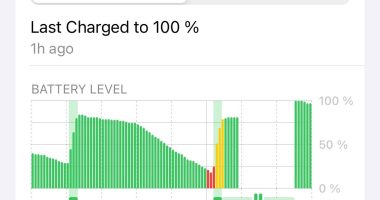CHINA is set to beat Nasa to Mars by several years, after scientists figured out a way to evade the consequences of the Red Planet’s toxic atmosphere, a new study suggests.
The country hopes to leave for Mars and return to Earth with samples of Martian soil about two years ahead of Nasa and the European Space Agency’s (ESA) proposed mission.
According to a new study published in the journal Chinese Science Bulletin, researchers claim to have developed a new numerical model to simulate the atmospheric environment of Mars.
It’s called the Global Open Planetary atmospheric model for Mars – also known as GoPlanet or GoMars – which is anticipated to support China’s upcoming Tianwen-3 mission.
Scientists have then used this model to replicate the three critical cycles of the Martian atmosphere: dust, water, and carbon dioxide.
The atmospheric model can provide information on the meteorological conditions around the Tianwen-3 mission’s potential landing sites – and future spacecraft.
READ MORE ON SPACE
Scientists worldwide have been developing Martian atmospheric models since the first Space Race between the Soviets and the Americans in the 1960s.
But China has emerged as an equal space superpower in recent years, with its Tiangong orbital station.
In doing so, the country has made a massive stride in conquering the so-called ‘Mars Curse’.
The ‘Mars Curse’ points to the role of the Red Planet’s chaotic atmosphere in taking down a growing roster of spacecraft to its galactic graveyard.
Most read in Tech
“The dust cycle on Mars is as important as the water cycle on Earth,” Wang Bin, climate modelling specialist and senior researcher on the project, told the local Xinhua News Agency.
“GoMars can be used to simulate the dust activity before and after the rover’s dormancy, which can provide atmospheric environment data to analyse the possible causes of the dormancy.
The model will be integral to China’s third Tianwen program, which will consist of a pair of launches in 2028 that will return samples to Earth in July 2031.
Meanwhile, Nasa and the ESA currently expect their respective Mars mission to launch no sooner than 2033.
Find out more about science
Want to know more about the weird and wonderful world of science? From the Moon to the human body, we have you covered…











